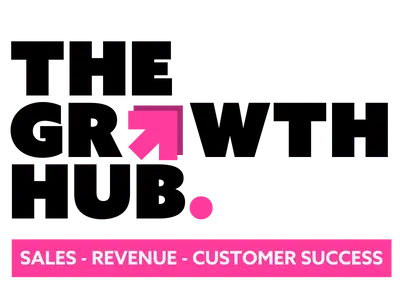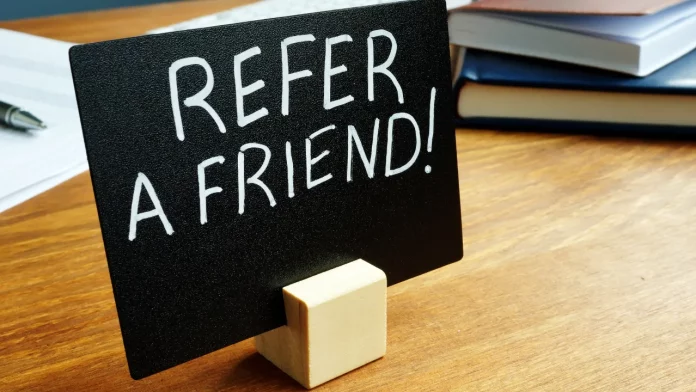Sales Referrals are vitally important to success. In fact, according to Harvard Business Review, 9 in 10 buying decisions involve peer recommendations. Additionally, according to Influtive, referrals have a 70% higher conversion rate and a 69% faster close time. The numbers speak for themselves.
So, knowing how significant sales referrals are, why don’t we utilise them more? Most commonly, the answer is one of two things. Either the salesperson spends all their time chasing down the next deal, or there isn’t an effective process in place.
Building a referral process
Taking the time to build a referral process will ensure a more consistency quantity of referrals every quarter. More often than not, happy customers would actually quite like to give referrals, but are regularly not chased up on, even when they have said they would. Remember, customers don’t mind giving referrals. But too, salespeople make referrals part of their process. Incorporating referrals into your sales process will deliver quick results.
When to ask for a referral?
Of course, asking for a referral needs to be timed to perfection. Otherwise, you risk alienating a customer or, worse, a disgruntled customer.
The best time to ask for a referral is after you’ve delivered genuine value to the customer. If the customer relationship is new or unstable, don’t push them.
How to tell if you’ve proven value:
- The customer tells you how happy they are – this should be an easy-entry for making the request.
- You reach a key milestone – you’ve built trust over a longer period of time, making the conversation more comfortable.
- You’ve over-delivered – the customer is so pleased with the extra work and results that they are desperate to tell people about it.
- They’ve left a positive review – they’ve basically already shown willingness to refer your business.
- They have already referred someone, without you asking – sometimes this will happen naturally. Furthermore, they’ll likely be up for doing it again.
- In addition, they want a discount or incentive – you could give them what they want in return for a referral.
Keep an eye out for these tell-tale signs and don’t pass up an opportunity when it presents itself.
Reaching out for referrals
Let’s take an example of one of the signs above being met. The customer has left a positive review. How then do you follow up?
Firstly, parts of the referral process could be automated. So if, for example, a positive review is left where the customer has rated your business as 4 or 5 out of 5, you could set up an automated email to go to that customer asking for a referral.
Treat this referral request as a ‘who else can we help?’ message. Here’s a template:
‘Hi (First name),
Thank you for the positive review you left yesterday. It’s great to hear we’ve met and, hopefully, exceeded your expectations.
We’re trying to find others who would benefit from taking back control of their data management. Is there anyone you’d introduce me to who might also be interested in our solution?
Best,
(Signature)’
Use this template as a starting point and tweak it based on your business and product offering. However, one email isn’t enough. Chances are, they’ll miss it or have a full inbox. Follow up with a referral email reminder, just like you would to prospects. You could send a second message a week later if you get no response, or a final reminder following a successful piece of work.
If a customer actually sends you a referral, you also need to be ready. Prepare a range of templates including a thank you to the referrer, a follow-up message to the referee, and a further thank-you message for when a referral is successful or not.
Including referrals into your sales processes
Your referral process should combine your sales team and customer success/account management team. Some businesses build referrals into contracts, some simply ask upon completion of work. Whatever you decide, document it and ensure all parties are aware. If you include agreements in contracts, make sure they are followed up. You want to end up with a repeatable process in which it’s really clear when and what to ask of customers.




